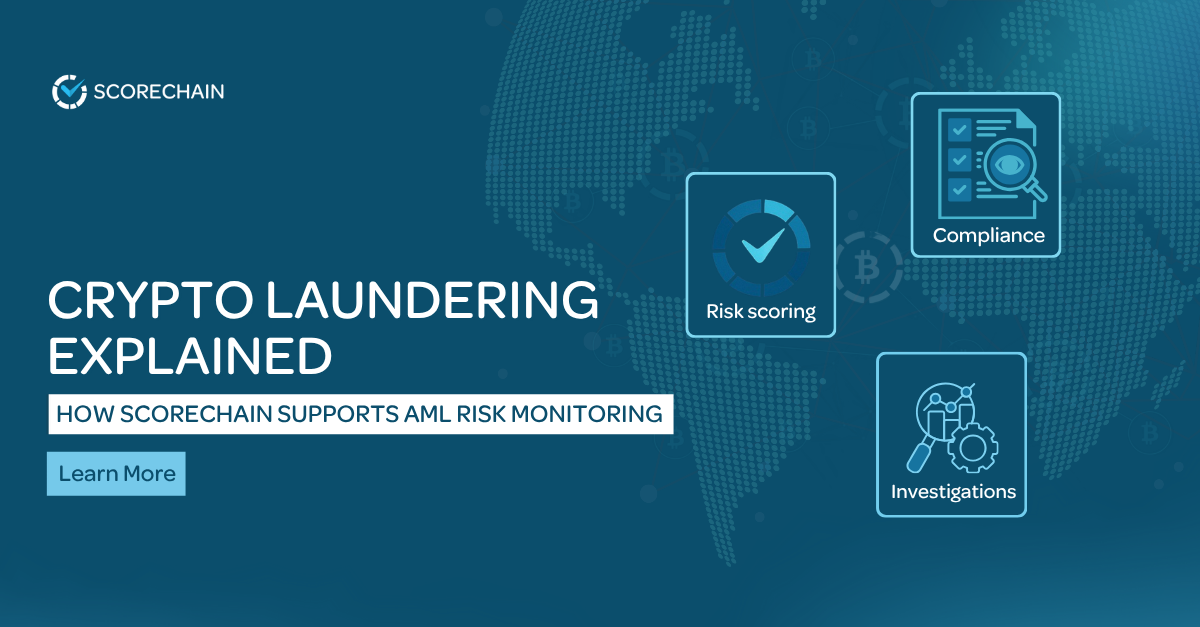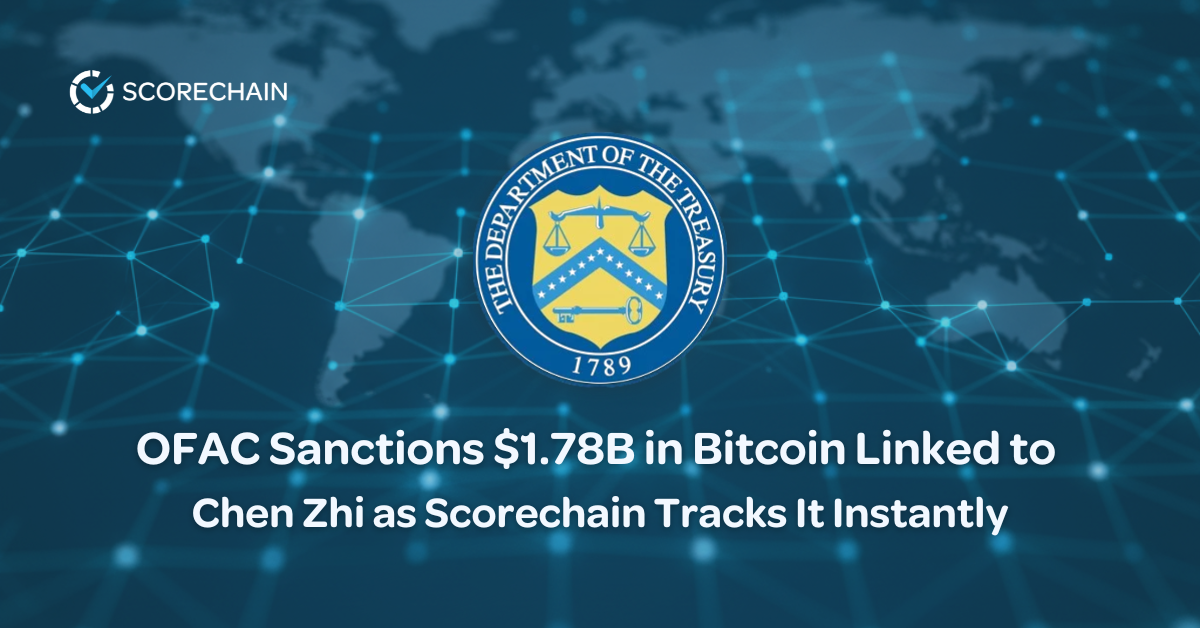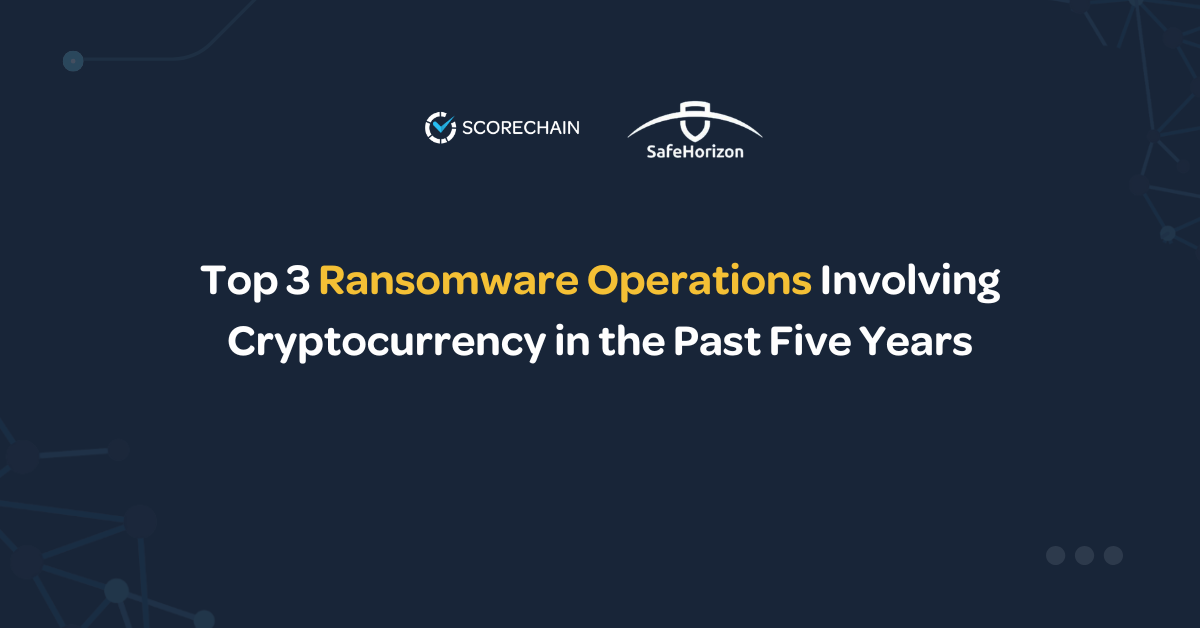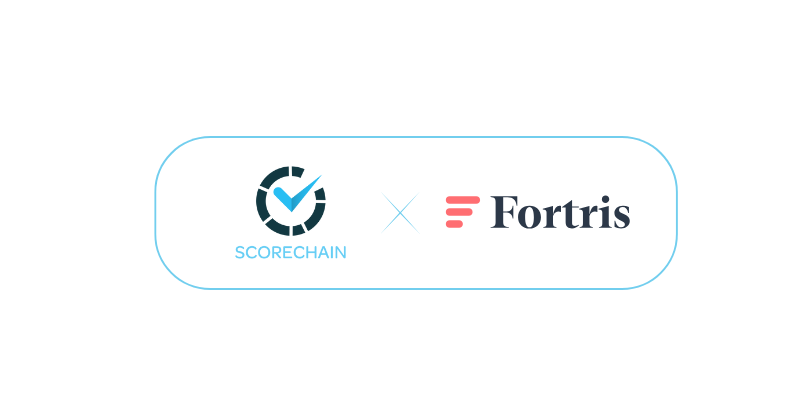Last month, FINTRAC (Financial Transactions and Reports Analysis Centre of Canada) issued a guidance on ML (Money-Laundering) and TF (terrorist financing) indicators related to virtual currency transactions.
Key takeaways:
- It applies to all entities subject to the Proceeds of Crime (Money Laundering) and Terrorist Financing Act (PCMLTFA).
- Reporting entities should use the indicators to develop processes to identify suspicious transactions related to an ML/CF offense, and to complete already existing STR (suspicious transaction report) programs.
- To determine if a suspicious transaction is related to an ML/CF offense, reporting entities should assess the indicators and also the context and facts of the transaction.
- Alerts on transactions should be reviewed promptly to submit STRs.
This guidance is aiming to help the reporting entities determine whether a suspicious transaction is related to an ML/CF offense and should be reported.
To assess the reporting entities, FINTRAC will look at how these indicators are used within the STR program and assess its effectiveness with respect to the use of ML/CF indicators.
FINTRAC notes that the list does not cover all the suspicious patterns possible. Sometimes a ML/CF indicator may not show as suspicious. In this case, the assessment should also focus on context and facts.
Some reporting entities rely on alerts and triggers to assess and determine if a suspicious transaction should be reported. Alerts on transactions should be reviewed promptly to submit STRs. Besides, ML/CF indicators should be part of processes that allow entities to submit STRs.
FINTRAC also reminds that some ML/CF indicators may not apply depending on the business activity of the reporting entity.
How to ensure the FINTRAC ML/CF indicators are monitored carefully?
Red flags typically stem from one or more factual characteristics, behaviours, patterns or other contextual factors that identify irregularities related to financial transactions.
We arranged these indicators at the level of both trading platforms and blockchain monitoring tools to help compliance teams with the transaction monitoring process.


Want to know more about how Scorechain crypto risk-AML solution can help with your suspicious transaction monitoring? Contact us for a free demo: contact@scorechain.com
About Scorechain
Scorechain is a Risk-AML software provider for cryptocurrencies and digital assets. As a European leader in crypto compliance since 2015, the Luxembourgish company serves worldwide customers in 29 different countries with more than 150 licenses established, ranging from cryptocurrency businesses to financial institutions with crypto trading, custody branch, digital assets customers onboarding, audit and law firms and some LEAs.
Scorechain solution supports Bitcoin analytics with Lightning Network, Ethereum analytics with all ERC20 tokens and stablecoins, Litecoin, Bitcoin Cash, Dash, XRP Ledger and Tezos. The software is able to de-anonymize the Blockchain data and connect with sanction lists in order to provide a risk scoring on digital assets transactions, addresses and entities. The risk assessment methodology applied by Scorechain has been verified and can be fully customizable to fit all jurisdictions. 300+ risk-AML scenarios are provided to its customers with a wide range of risk indicators so businesses under the scope of the crypto regulation can report suspicious activity to authorities with enhanced due diligence.
Reference:
https://www.fintrac-canafe.gc.ca/guidance-directives/transaction-operation/indicators-indicateurs/vc_mltf-eng List of indicators of money laundering and terrorist activity financing for virtual currency transactions.
.png)



















